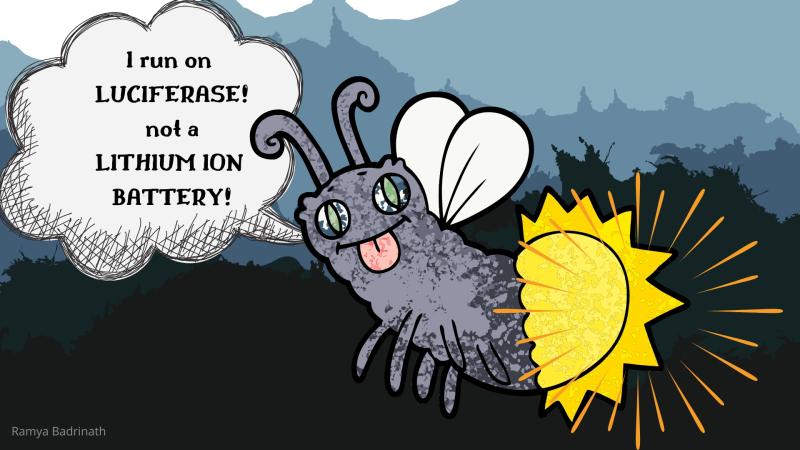
Fireflies, also called jugnoo in Hindi are fascinating creatures that glow in the dark with unique patterns. Even though they are called ‘fireflies’, scientifically they are considered beetles from the Lampyridae family. The light that we see coming out of these insects is the result of bioluminescence, a phenomenon where an organism emits light through a chemical process.
For bioluminescence to occur in fireflies, certain elements like calcium, chemical energy in the form of adenosine triphosphate (ATP), the chemical luciferan, and the enzyme luciferase, need to be present. The term luciferase comes from the Latin terms lucis (meaning light) and ferre (meaning to carry). When all these elements are present in the firefly’s light producing organ situated under the abdomen, the presence of oxygen will result in the glow we are so enamored by. Interestingly, the light producing organ does not lose heat while emitting light.
There are over 2000 species of fireflies and each of these has its own unique pattern of flashing light. This feature has three vital functions in the life of the firefly. First, fireflies use their glow as signals to communicate with each other. Second, it serves to attract potential mates from the same species. In some instances, female fireflies have been known to mimic the flash pattern of other species to draw in suitable mates. Third, when fireflies emit light, the glow dissuades predators from eating them. This strategy is employed by every light-emitting firefly species from the larva stage. Both of these uses come from evolutionary changes, in order to ensure that the species is able to pass on its genes to future generations successfully.
Fireflies inhabit areas with temperate and tropical climates, often choosing to live close to water bodies such as ponds, streams, and the sea. The warm and humid temperature provides food for the larvae, which consists of worms and slugs. Some firefly adults also feed on nectar and pollen. It is important to take measures to conserve these unique creatures and preserve our biodiversity.





